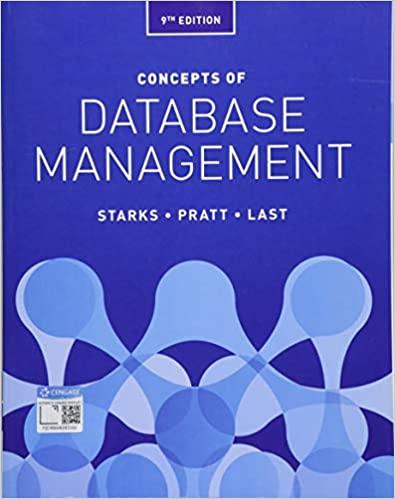Answered step by step
Verified Expert Solution
Question
1 Approved Answer
Candidates must answer THREE questions Question 1 ( a ) The local borough council needs to set up two computer networks using different structural models.
Candidates must answer THREE questions
Question
a The local borough council needs to set up two computer networks using different structural
models. One network is to serve the recycling department which needs to have a good
resource sharing function to interact with various related services. The other network is to
serve for the council's documentation and archive sections which require high security and
good data backup
i What structural model would you advise to be employed by the borough council
for each department? Explain why.
ii Draw schematically the suggested network configurations.
iii What are the main advantages and disadvantages of peertopeer and clientserver
networking?
b In a CSMACD network the transmitting station is attempting to retransmit data using the
truncated exponential backoff algorithm after a collision was detected.
i Explain what a truncated exponential backoff algorithm is and how it works.
ii If the minimum frame size of the network is bytes and the network is running
at what are the minimum and maximum waiting times for a station
before it will begin to retransmit again after successive collisions have
occurred?
c In computer networking the Data Link Layer is divided into two sublayers the Logical
Link Control LLC and the Medium Access Control MAC
i Explain the reasons for introducing the LLC and MAC sublayers, and list the main
functions of these sublayers.
ii Consider the LLC which uses the flag bits with bit stuffing method for data
framing. If the sending LLC receives the stream of data shown in Figure write
down the stream of the data as they appear on the line after the framing with the bit
stuffing.
Figure
Question continued
d An IPv network shown in Figure consists of two hosts H and H and two routers R
and R The link HR has maximum transmission unit MTU MTU bytes, the
link RR has MTU bytes, and the link RH has MTU bytes. The
network uses a nontransparent fragmentation. The application layer of the host H
generates bytes of data which are given to the transport layer for a reliable
transmission to the host
i Is fragmentation of the packet required in this case? Explain your answer.
ii In case the packet is fragmented, calculate the payload of each fragment.

Step by Step Solution
There are 3 Steps involved in it
Step: 1

Get Instant Access to Expert-Tailored Solutions
See step-by-step solutions with expert insights and AI powered tools for academic success
Step: 2

Step: 3

Ace Your Homework with AI
Get the answers you need in no time with our AI-driven, step-by-step assistance
Get Started


